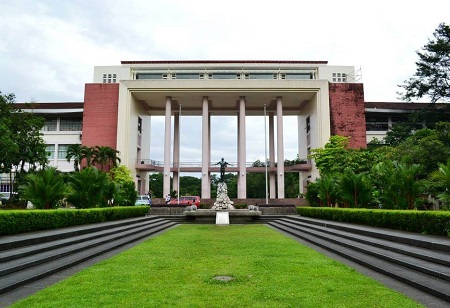The University of Philippines (UP) Diliman mathematicians have developed a computational way to translate material inscribed in the antiquated Baybayin writing system of the Philippines into understandable text. The UP College of Science Institute of Mathematics announced that it has developed the technology that is presumably the first Optical Character Recognition (OCR) system in the world capable of discerning between full blocks of Baybayin and Latin letters in a text image at the paragraph level.
In their article titled, “Block-level Optical Character Recognition System for Automatic Transliterations of Baybayin Texts Using Support Vector Machine”, in order to figure out whether the collection of characters is Baybayin or Latin, masters student Rodney Pino and associate professors Dr. Renier Mendoza and Dr. Rachelle Sambayan invented an algorithm to transform a photograph of a set of text into binary data. “SVM is a machine learning algorithm used to solve regression or classification problems. We have a dataset for Baybayin characters let’s say character A and then character BA. SVM uses techniques or mathematical methods that can separate the two datasets to determine characters BA and A”, Pino stated in a statement.
The team compiled 110 paragraphs from various websites that either feature hand or typewritten Baybayin, Latin, or Baybayin plus Latin text, and more than 1,000 photos for each Baybayin character. “Adding more character images improves the recognition rate of SVM”, Pino clarified. The existing OCR system can produce a transliterated version of the text by spelling out the Latin equivalent of the Baybayin characters on a page, but the researchers want to make it capable of much more, they added. They additionally intend to make the OCR system capable of translating Latin words with foreign sounds into Baybayin by giving it a better understanding of the meaning of Baybayin phrases and words. “We’re trying to refine the software we developed to make it easier for future users to navigate it. We also dream of creating a mobile application that automatically and accurately translates Baybayin characters just by hovering over the phone”, Mendoza stated.
Mendoza explained the process was difficult to accurately translate Baybayin words and phrases using the OCR method. “For now the system can’t distinguish between some Baybayin characters that are similar in writing, such as E and I, and O and U. We also have a lot of words that have different Latin equivalents. The algorithm we used shows all possible translations of the Baybayin words”, he added. To encourage additional researchers to do studies on Baybayin and OCR, the team publicized their findings. “We cleaned the data in such a way that researchers could use it in analyzing Baybayin through other algorithms. We made the data readily available for use, so researchers wouldn’t go through the difficulty we experienced in gathering data” Mendoza stated. Baybayin is live proof that the Filipino people have their own technologically advanced traditions, and further study of the text could assist in retaining their history.

